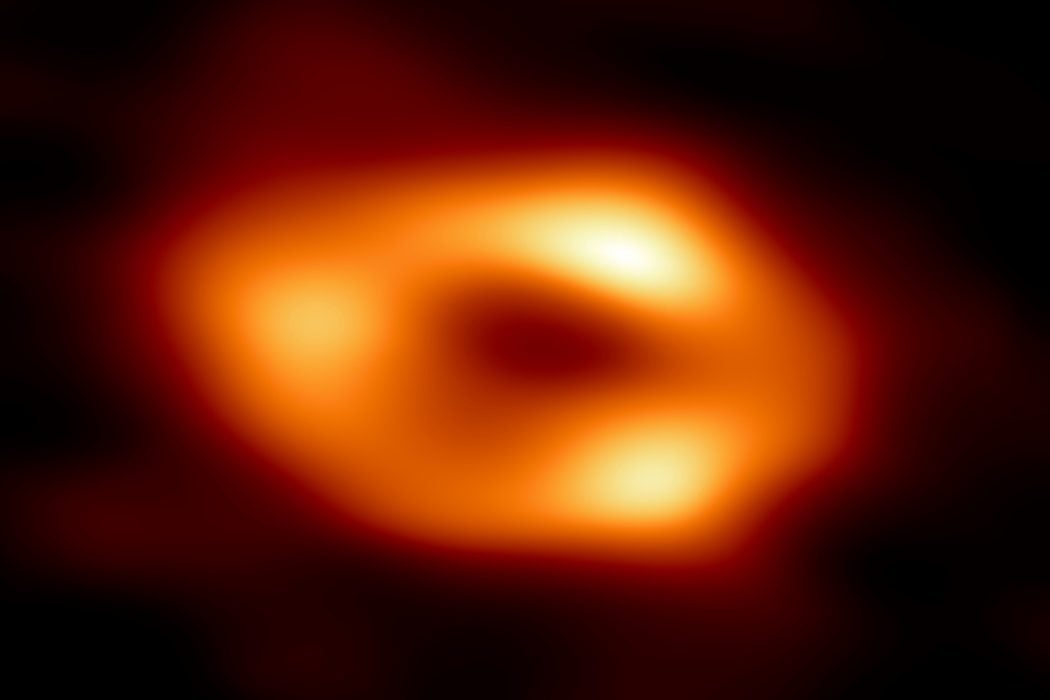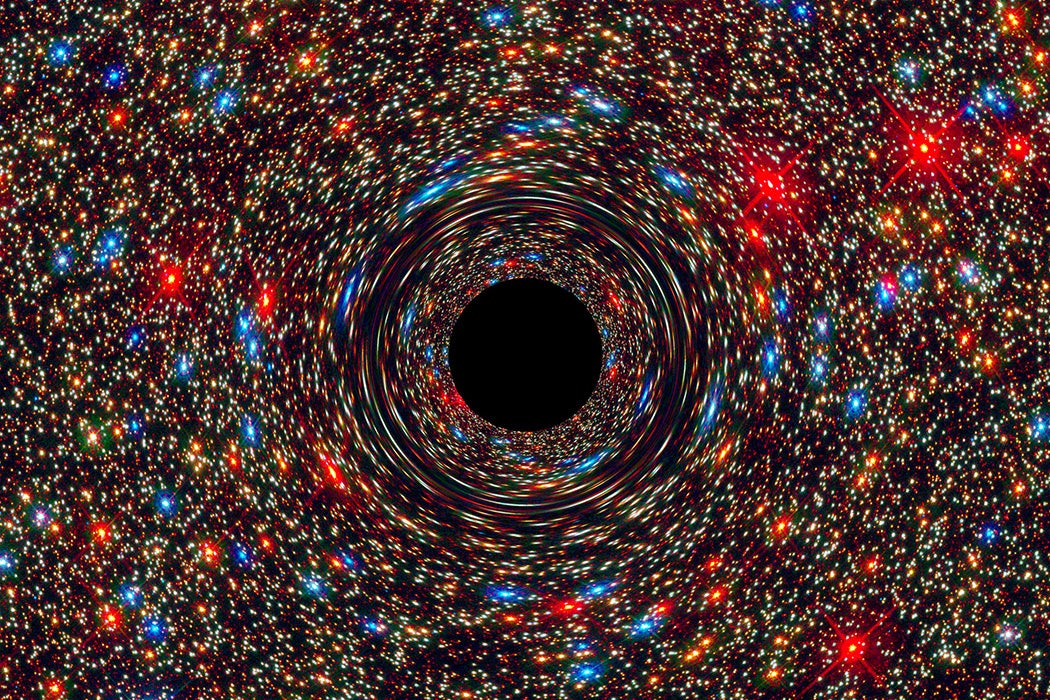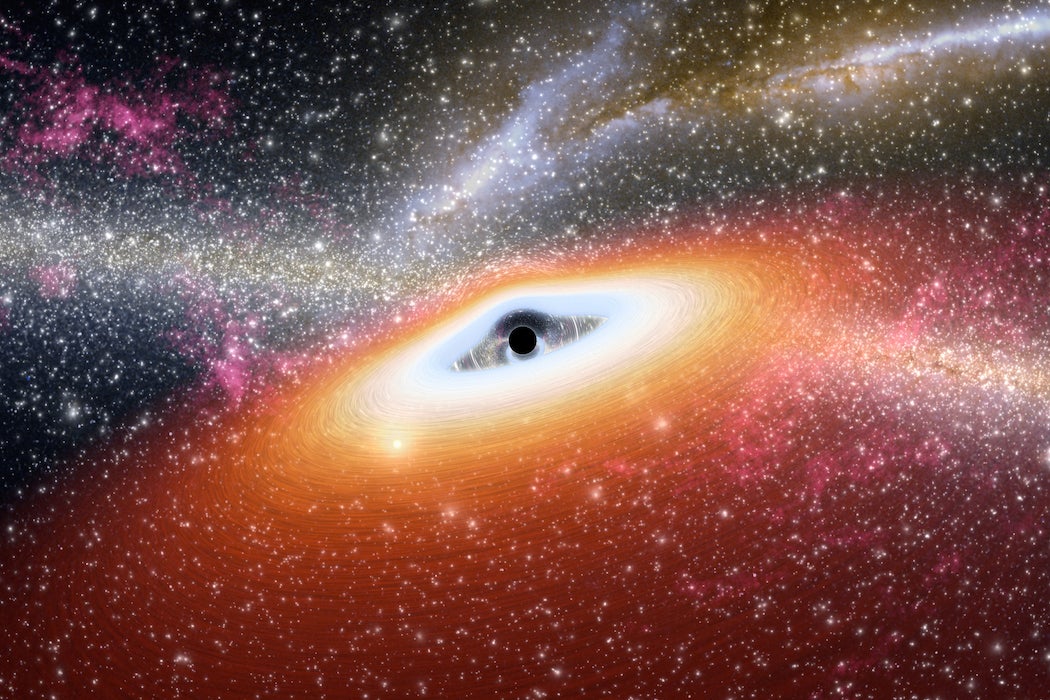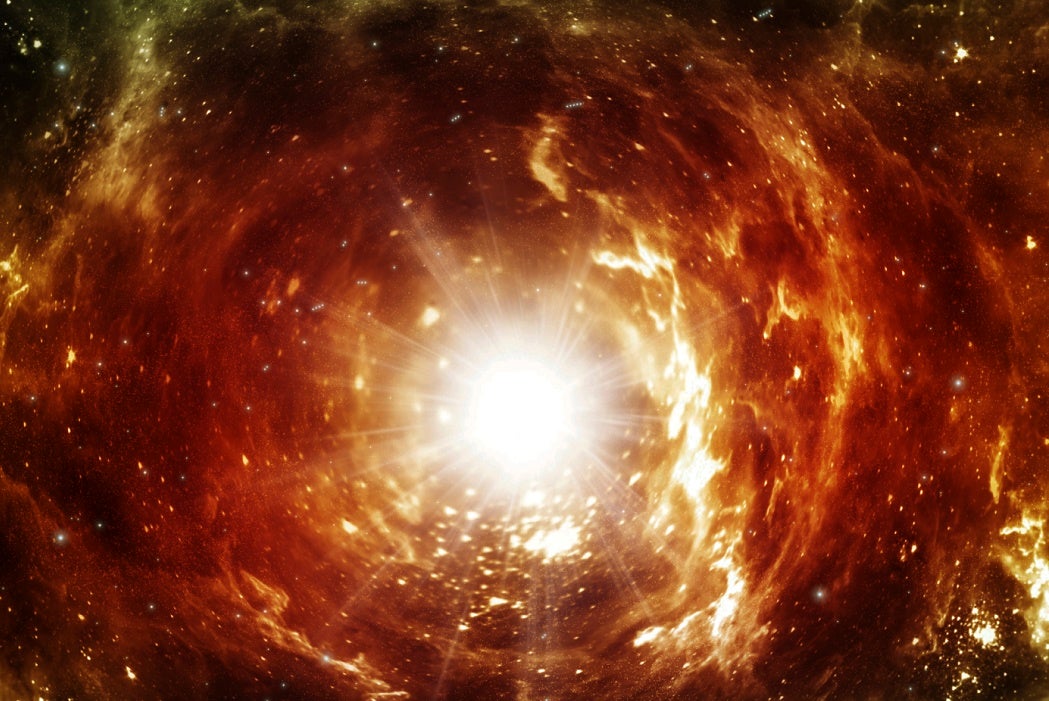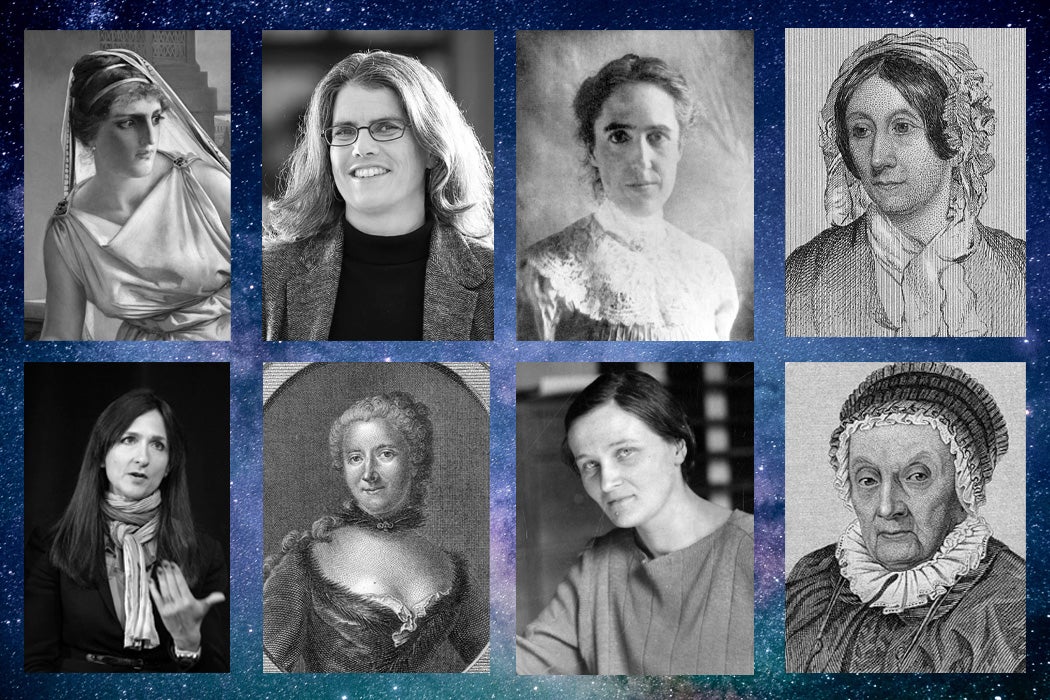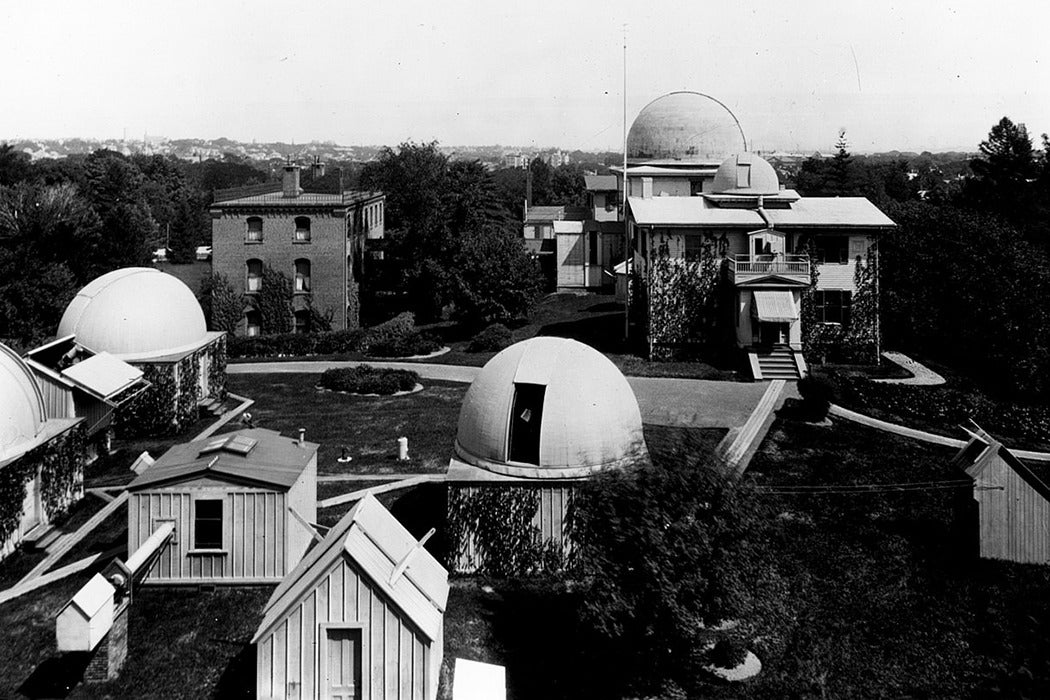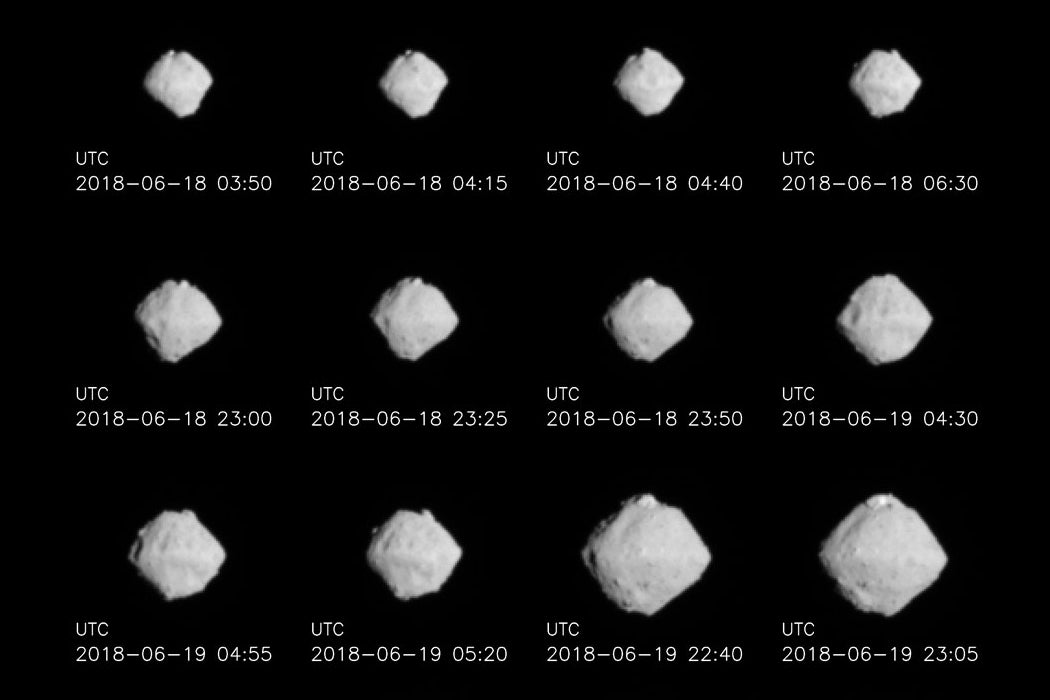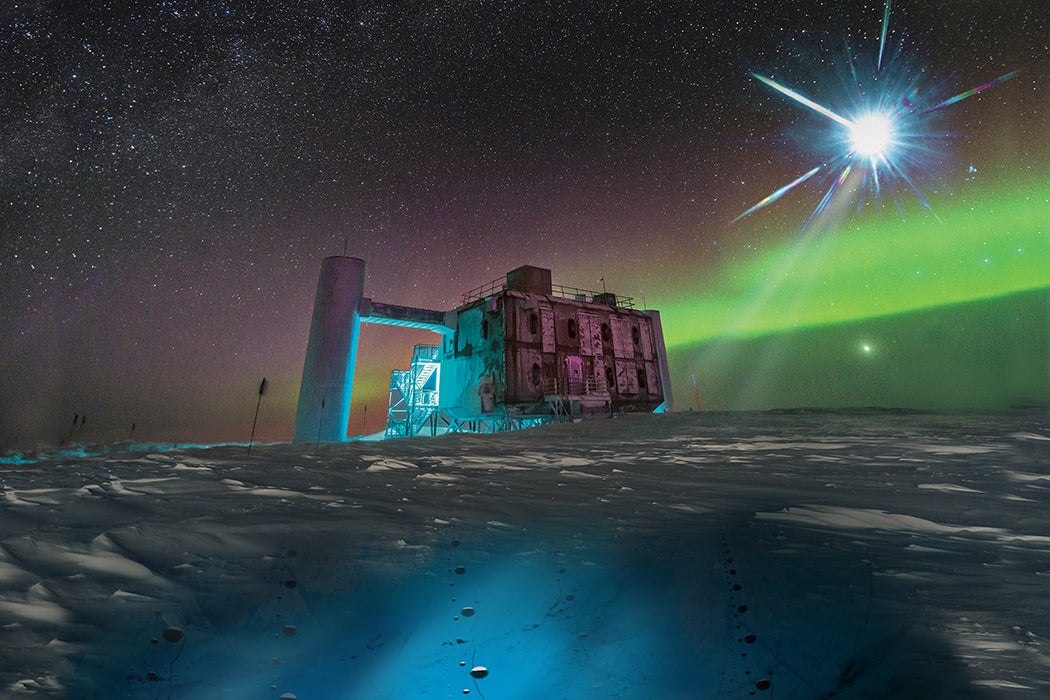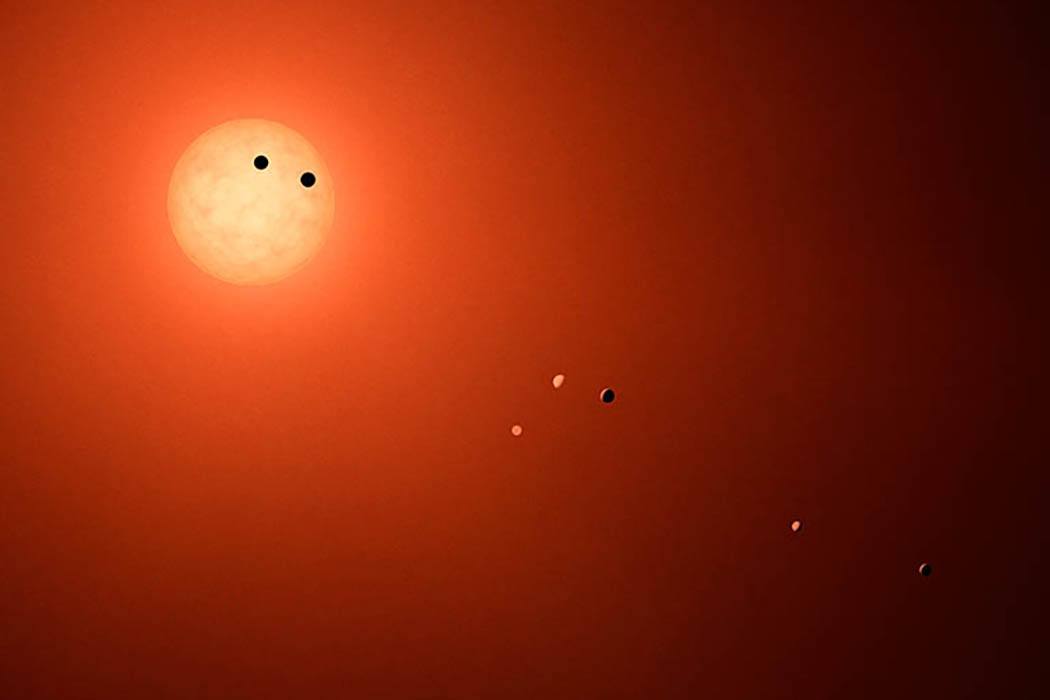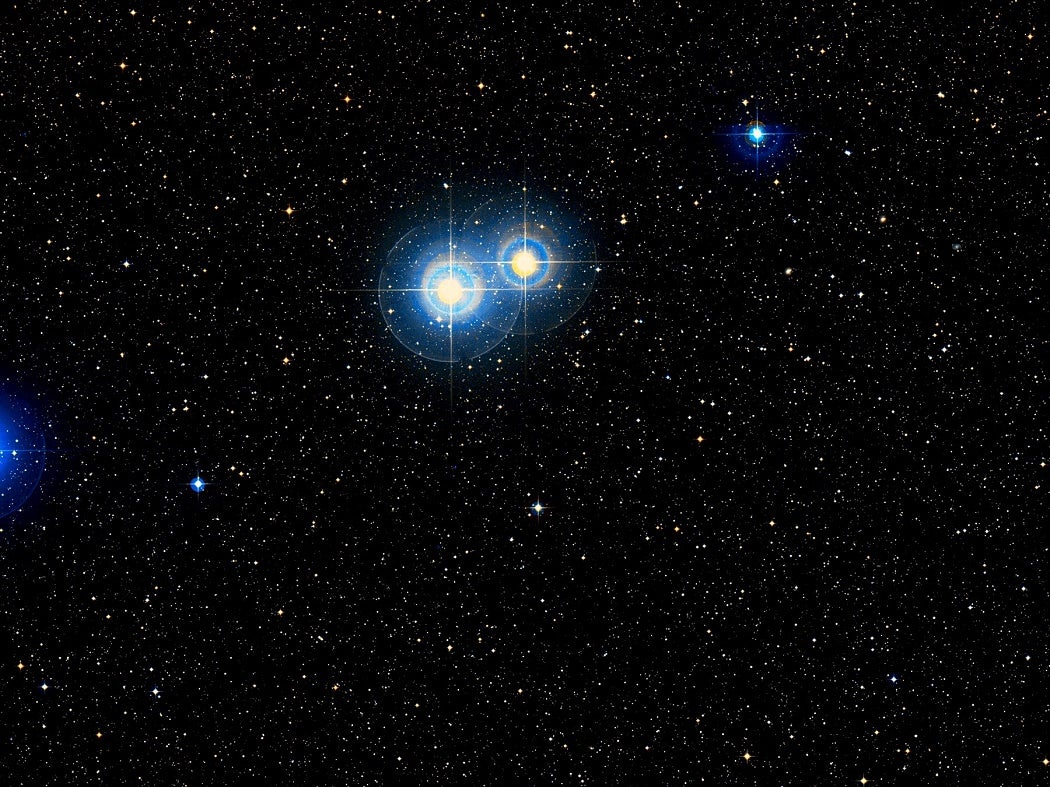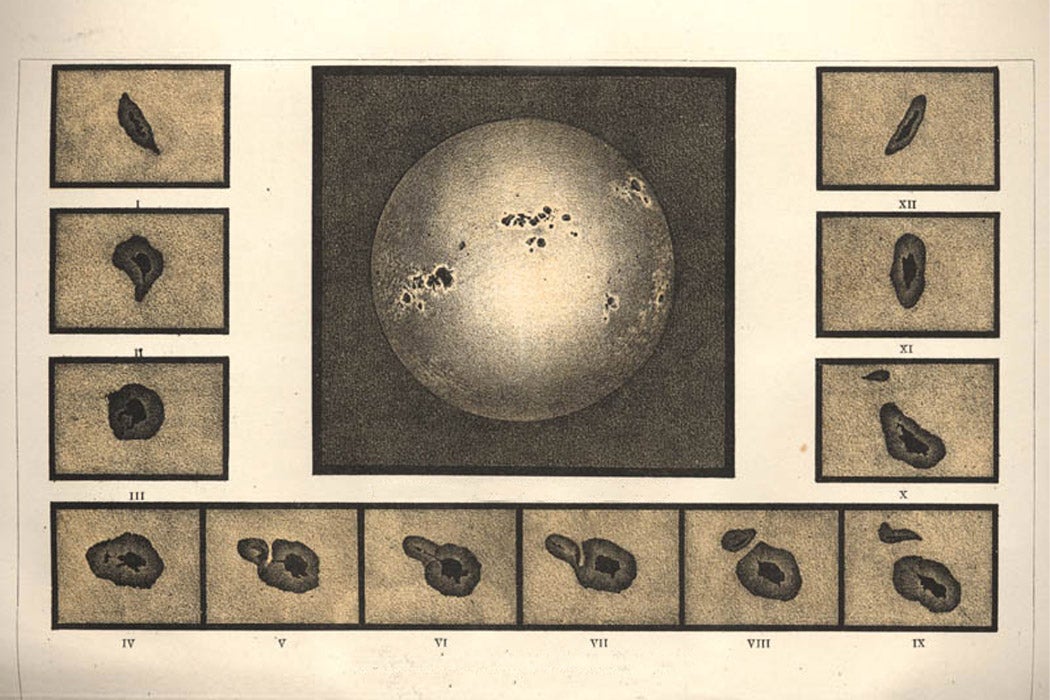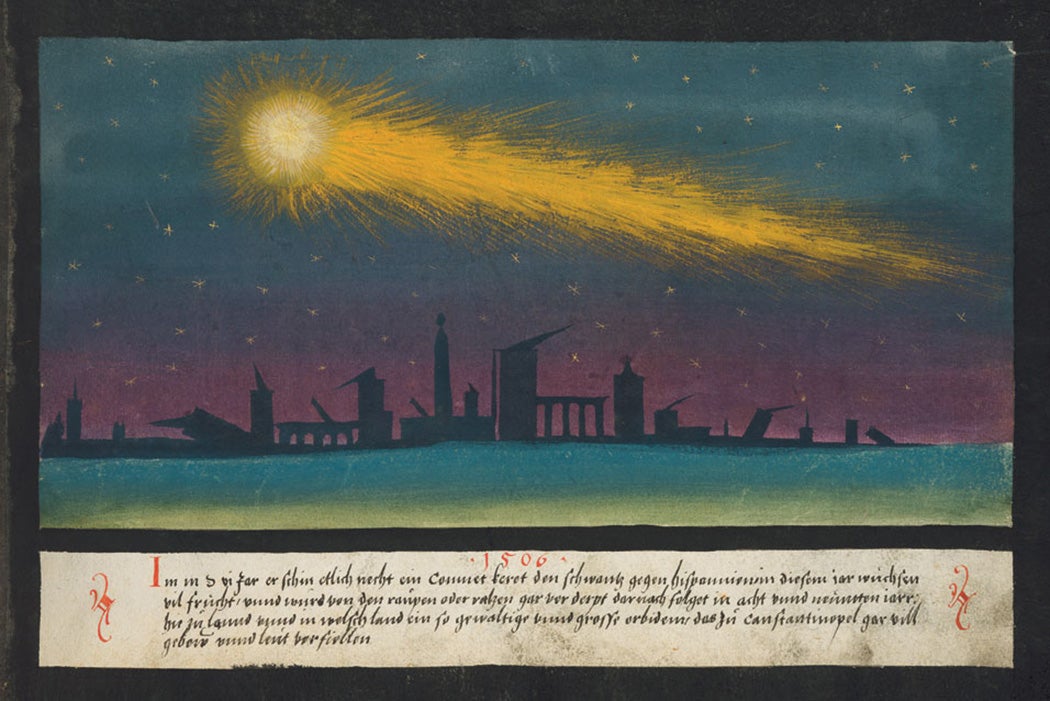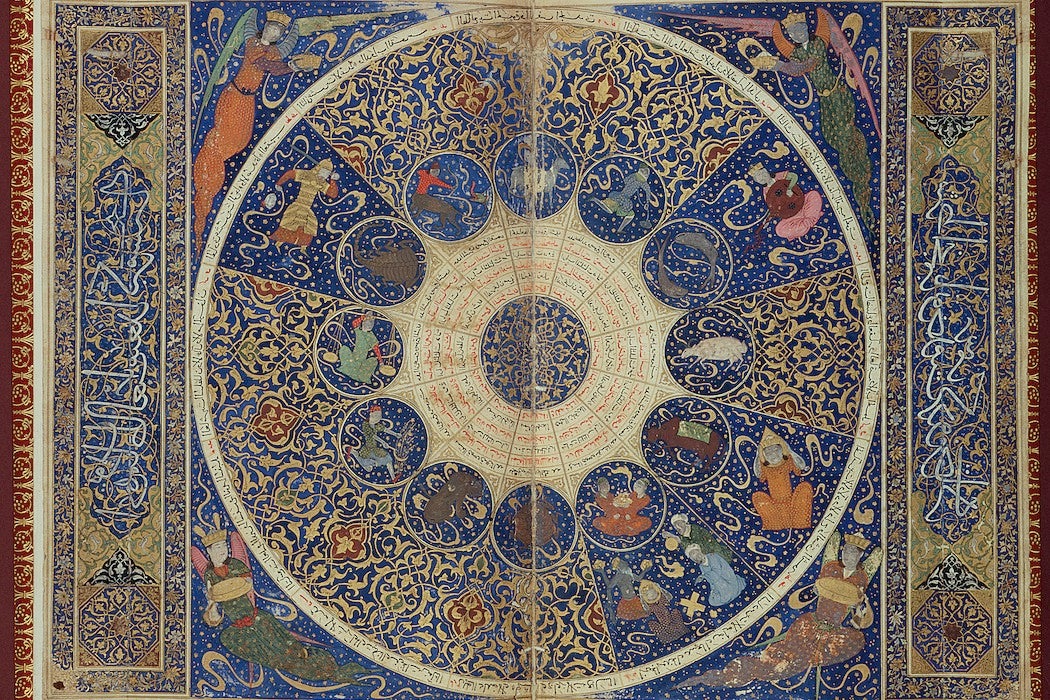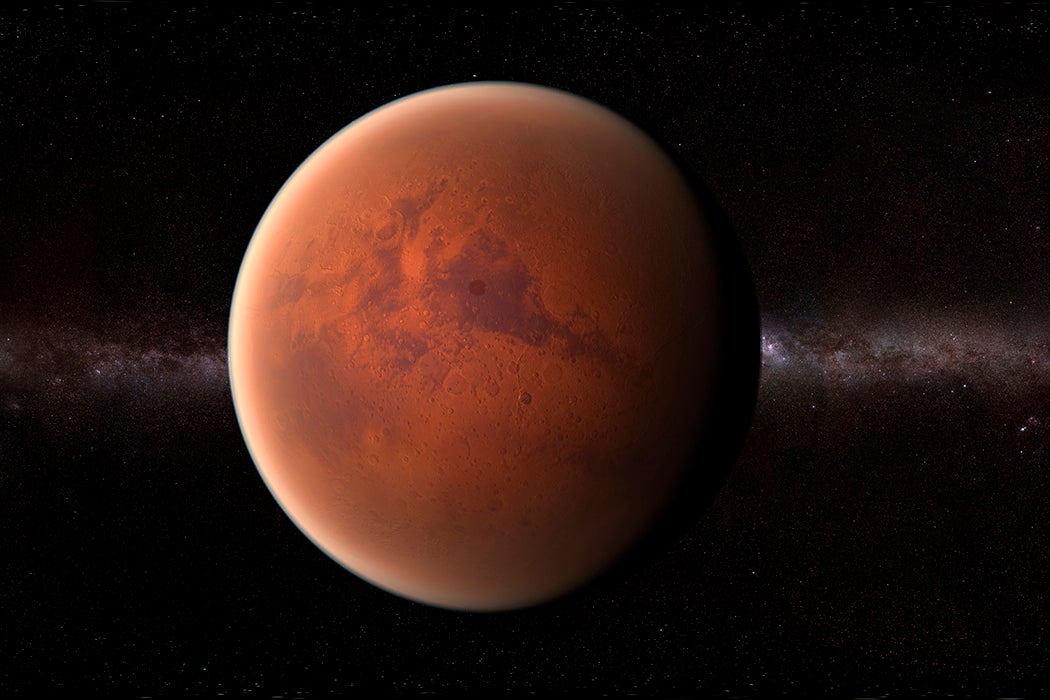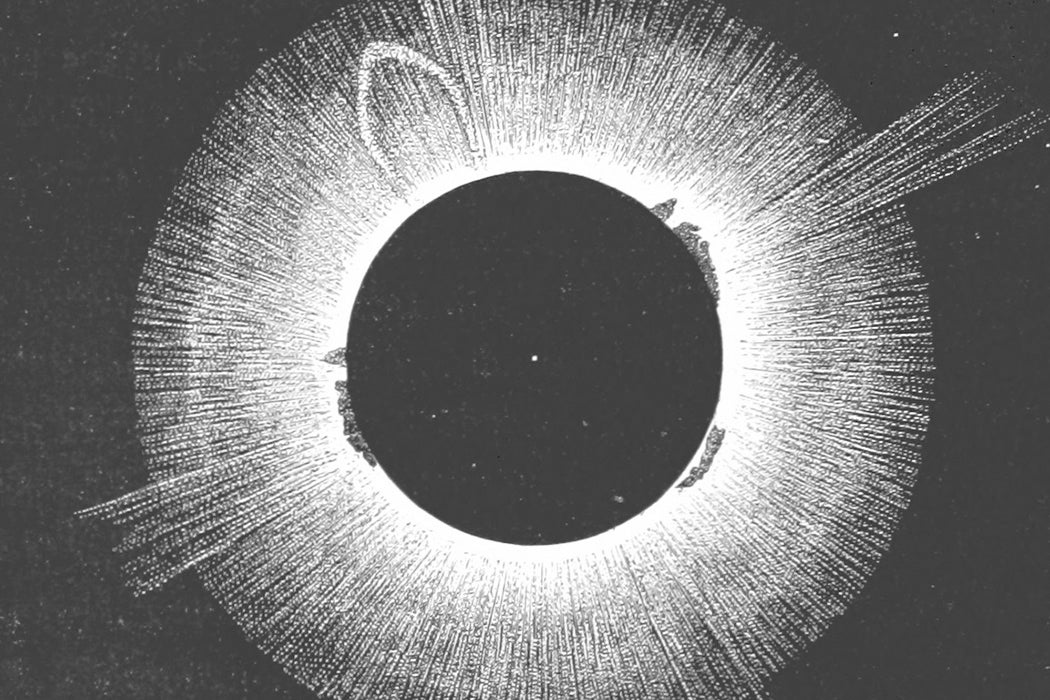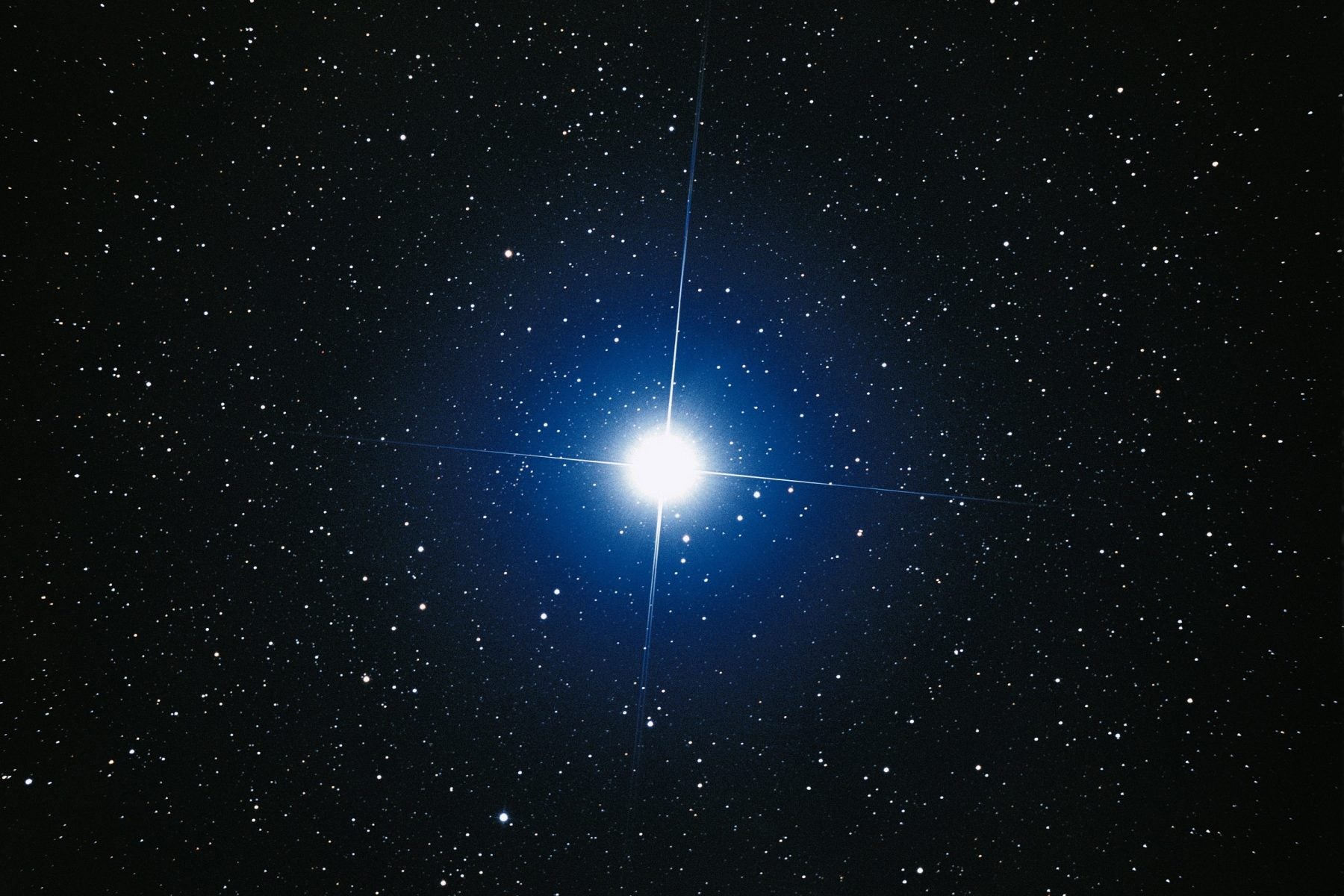The icon indicates free access to the linked research on JSTOR.
The team behind the Event Horizon Telescope Collaboration has revealed the first image of the supermassive black hole at the center of the Milky Way. The image shows the massive object at the center of our galaxy, known as Sagittarius A* (Sgr A* in astronomers’ shorthand), as a glowing ring of gas around a dark central region (the “shadow”). This view of light being bent by the gravity of a black hole some four million times more massive than our Sun offers the first visual evidence of the suspected nature of Sgr A*.


To mark this incredible achievement, we’re sharing Daily stories about black holes and other amazing moments from the history of astronomy, all based on scholarship freely available from JSTOR.
Black Holes
April 8, 2020
Telescopes that detect long-wavelength signals offer clues about the Big Bang, the centers of black holes, and the origins of life.
April 19, 2019
Two of the scientists on the huge team that eventually captured the world's first image of a black hole discuss the particular challenges of the task.
March 23, 2019
Feel like visiting another star system or dimension? You can do this by traveling through a black hole.
August 26, 2016
What would happen if you entered a black hole?
March 13, 2015
Scientists recently discovered the largest black hole ever.
The Women Who Make It Happen
January 5, 2022
A guided tour of selected luminaries of astronomy, from Ancient Greece to today.
November 26, 2018
In the late 19th century, Elizabeth Campbell helped her astronomer husband run the Lick Observatory and lead scientific eclipse-viewing expeditions.
August 1, 2018
Maria Mitchell became famous when she discovered a comet in 1847. She didn't stop there, fighting for education and equality for women in the sciences.
December 23, 2016
Women finally broke into the sciences in sex-segregated jobs in the years between 1880 and 1910.
April 6, 2016
The wacky life story of the astronomer, author, children's book publisher, and anthropologist who restored an old barge on the Gowanus Canal in 1937.
Space Science and Other Cool Things
October 29, 2018
Japan’s space agency has landed rovers on Asteroid Ryugu. The photos and samples from the mission will reveal a lot about asteroids.
August 4, 2018
A new discovery puts scientists a bit closer to understanding the mysterious subatomic particle that is the neutrino.
April 20, 2017
In recent years, astronomers have broadened their search for habitable planets to include previously ignored stars like M-dwarves.
October 21, 2016
The solar system is apparently more crowded than we thought: astronomers have discovered a new dwarf planet. Some dwarf planets don't play by the rules.
May 13, 2016
A group of astrophysicists think they have found a way to send a probe to the newest star system, Alpha Centauri.
September 4, 2015
How buckyballs fit into the formation of new stars.
April 27, 2015
The source of mysterious radio waves detected by two of world's largest telescopes has been traced to a microwave.
October 7, 2014
In 1676, Danish astronomer Ole Rømer predicted that an eclipse of one of Jupiter’s moons would occur ten minutes later than expected. How did he know?
Astronomy’s Cultural Impact
November 13, 2020
Maybe it’s something about the number eleven?
September 3, 2020
Even the invention of the telescope couldn't convince all people to put aside superstitions about comets.
February 1, 2020
The science of astronomy is at odds with the basic organizing principle in astrology: the dates of the zodiac.
April 20, 2018
Dinosaur DNA! Life on Mars! In the world of science, amazing discoveries don’t quite work out the way the discoverer hopes they will.
March 2, 2018
The astrolabe was a revolutionary tool for calculating celestial positions and local time. The device's design dates back to Islamic antiquity.
August 19, 2017
People have been planning for this month's total solar eclipse for years. They aren't the first to do so: the Victorians pioneered eclipse tourism.
July 5, 2016
The "dog days of summer" are attributed to the rise of Sirius, the Dog Star, but research into the lore suggests another dog entirely.
Got a hot tip about an awesome moment in astronomy we should cover? Email us here.
